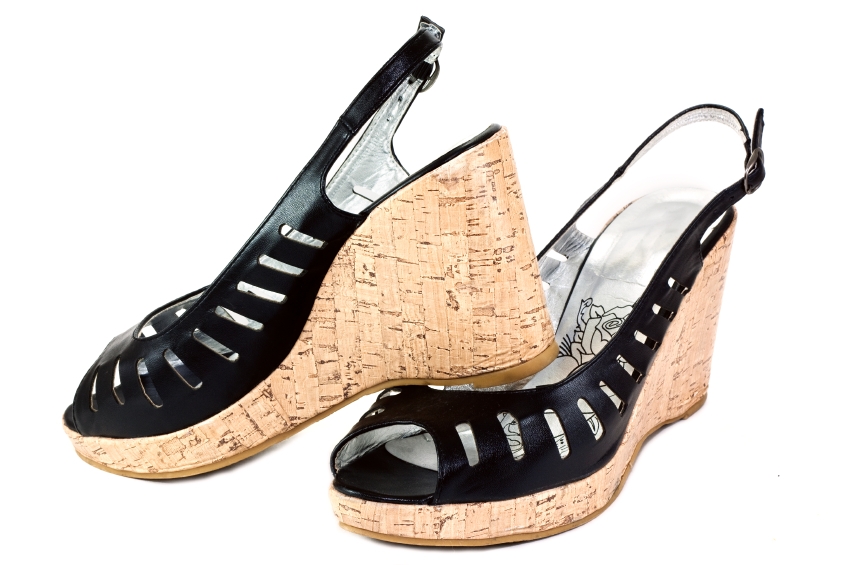Stature’s heightened risk of cancer
Here’s one downside to being tall
My daughter is always shopping for 4-inch heels or other elevating footwear to make her appear taller. But a new study suggests that her diminutive stature has at least one major perk: a lower risk of cancer.

The reason remains elusive. But it also doesn’t appear to be a fluke, Jane Green of the University of Oxford, and her colleagues report in the August Lancet Oncology. These researchers investigated the issue within a group of almost 1.3 million middle-age recruits from England and Scotland; all were participants in a long-running study of women’s health.
Through 2008, most of these women had been followed at least nine years. During that time, more than 97,000 of the recruits developed cancer.
Being taller correlated with higher risk — roughly a 16 percent elevation for each 10 centimeter increase over 155 centimeters (aka 5’1”, the ceiling for women in the shortest group). Women whose heights fell outside the normal range — less than 120 cm (3’11”) or at least 200 cm (more than 6’5”) — were excluded.
In general, taller women in this study were less likely to smoke or to be obese. They also were generally better off financially and tended to drink more alcohol, to be more active, to have fewer children and to have had their first child at a later age. With the exception of alcohol and age of first childbirth, most of these traits tend to be viewed as healthier ones. Yet increasing height correlated with rising risk of colon, rectal, breast, endometrial, ovarian, kidney, skin (melanoma) and central-nervous-system cancers. Risk of leukemias, multiple myeloma and non-Hodgkin lymphoma also were elevated in taller women relative to shorter ones.
Although women born before 1939 were shorter, on average, than those born after 1945, adjusting for this didn’t affect cancer risk. Nor did adjusting for income, even though women from the lowest economic group tended to be shorter than those from higher income groups.
One factor exerting significant influence on the height-cancer link was smoking. The increased risk of cancer associated with each additional 10 centimeters in height was 19 percent for never smokers, but just 11 percent for current smokers. Most of the apparently diminished link to cancer among smokers stemmed from their disproportionate development of smoking-related malignancies that apparently have a lower correlation with height.
Previous studies by other researchers have also probed links between height and cancer. Green and her colleagues pored over details of 10 for which a risk-per-10-centimeter increase in height could be computed and that were prospective (types where risk was assessed only for cancers that developed after a study began). Unlike the Million Women Study, these other investigations from across the globe included men and women. And in these studies too, cancer risk rose with stature — in the ballpark of 13 percent for each 10 centimeter increase.
“The similarity of the height-associated relative risk for different cancers and in different populations suggests that a basic common mechanism, possibly acting in early life, might be involved,” Green and her colleagues conclude. But they can only speculate as to what that mechanism might be. For instance, tall people have more cells than shorter ones: Does this substantially increase their chance of developing a deleterious mutation? Or perhaps height serves as a marker for hormonal factors during development, they say — such as elevations in insulin-like growth factors that might prime an individual for developing cancer later.
Still, such studies offer little consolation to my daughter, who in the throes of youth sees only drawbacks to being relatively short. Like needing a change of footwear to get the most out of Sunday night’s Beyoncé concert in New York City (the one that allegedly sold out in 22 seconds , a few days earlier). Because its Roseland venue was standing-room-only, everyone with tickets still had to stand in the rain for hours or risk not getting within line-of-sight of the star performer. My petite offspring’s solution: flip flops to wear out in the rain and platform heels to see atop the hundred or so people that were ushered into the theatre before her.





